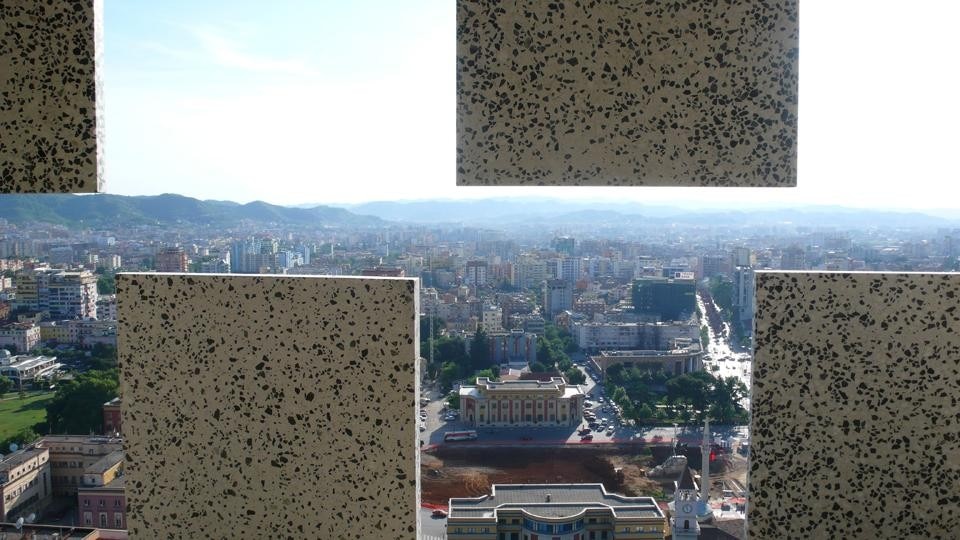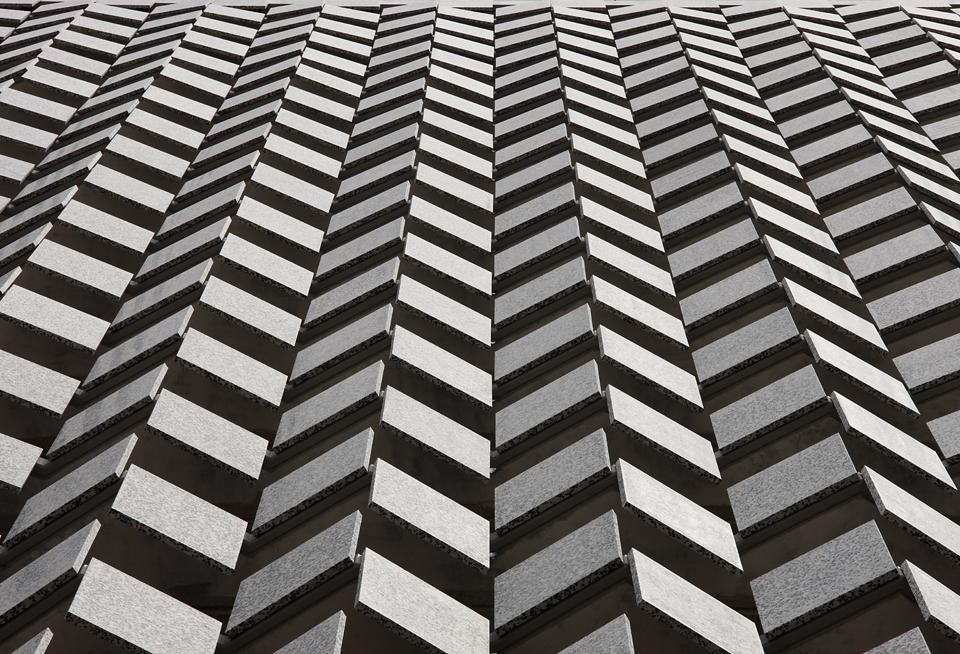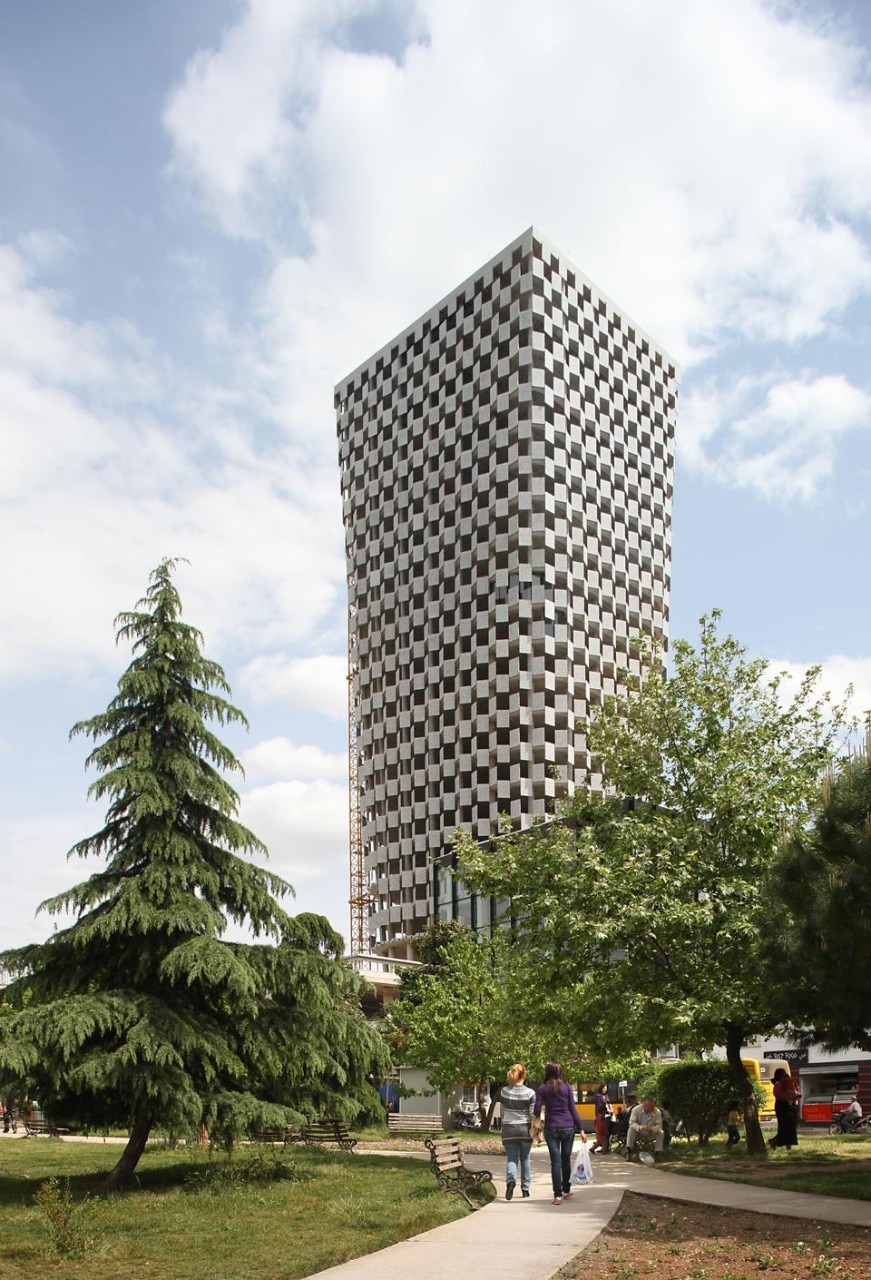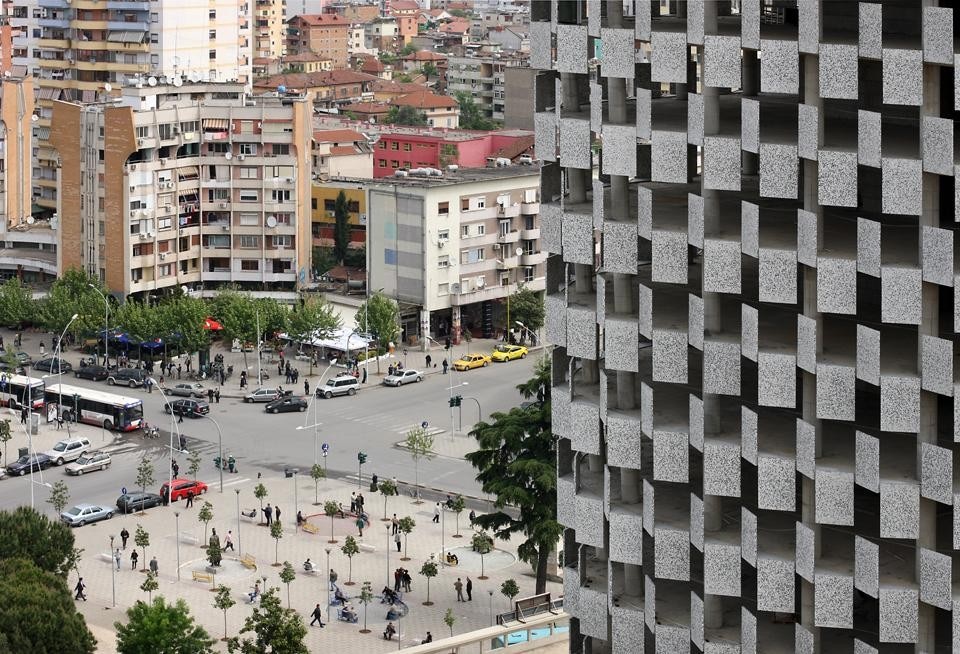The practice of 51N4E is not dogmatic, and it is not based on a fixed architecture theory. Every single project or commission dictates its own law. This gives their work a somewhat old-fashioned and exciting quality—clearly summarized by this aphorism by Diderot: 'Toute attitude est fausse et petite; toute action est belle et vraie' (Every attitude is false and small, while every action is beautiful and true).
Christophe Van Gerrewey: For Double or Nothing, you decided to use two rooms left and right of the Horta Hall at Bozar, that are normally not used for exhibitions. Why?
Freek Persyn:We did consider using only the space that is normally filled in with exhibitions. But the building is under renovation, and the trajectory that leads up to the back entrance is cut short. That is why the 'normal' exhibition space becomes a dead end. We didn't like that. We were looking for spaces with strong atmospheres, that allow for intense experiences. Using the spaces around the central hall, allowed to activate this public space as part of the exhibition. We consider Double or Nothing as one of our architectural projects in Brussels.
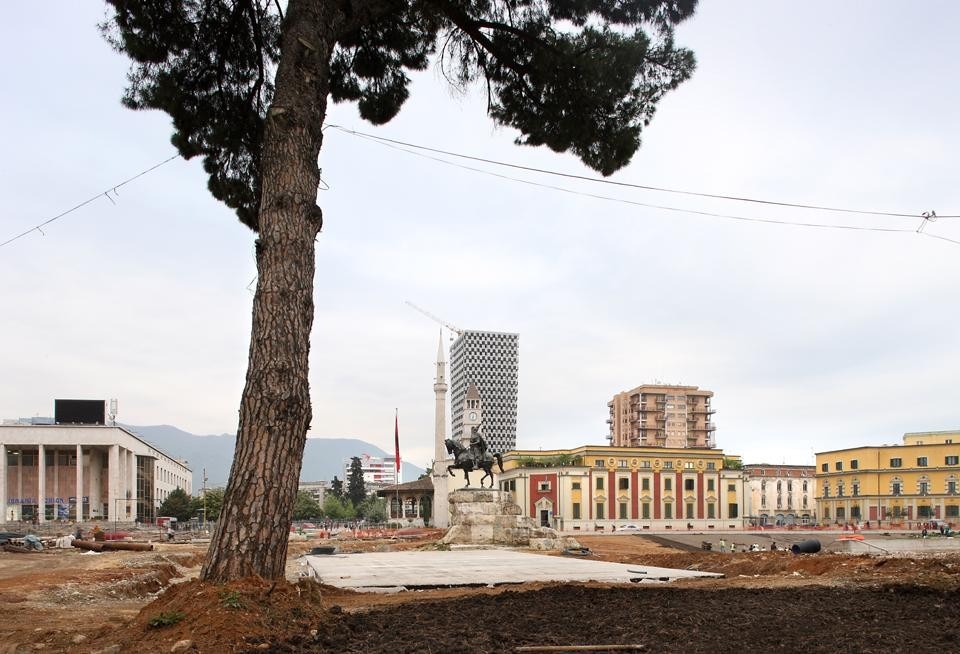
Often we're not satisfied with what we get, that's true. Unhappiness is not an automatism at the start, but we do take the liberty to question what is offered, because this is where the project starts to make sense. And this not only goes for the site, but for the entire commission.
Is that the only law in the theory of 51N4E: respond critically to every part of the brief?
That's true, but it might be starting to change. After graduation, we started to work without much experience, so it's a necessity to let every project create its own conditions. Today, we have our own research, and it occurs more often that ideas drift from one project to another. We are no longer just 'reacting' to what is present. Nevertheless: we have very little presumptions, we determine nothing a priori, we remain open-minded. Recently, I gave a lecture in the Netherlands, and they called us 'radical flexibles'. It doesn't sound nice—and it's funny how being open-minded suddenly becomes an attitude.
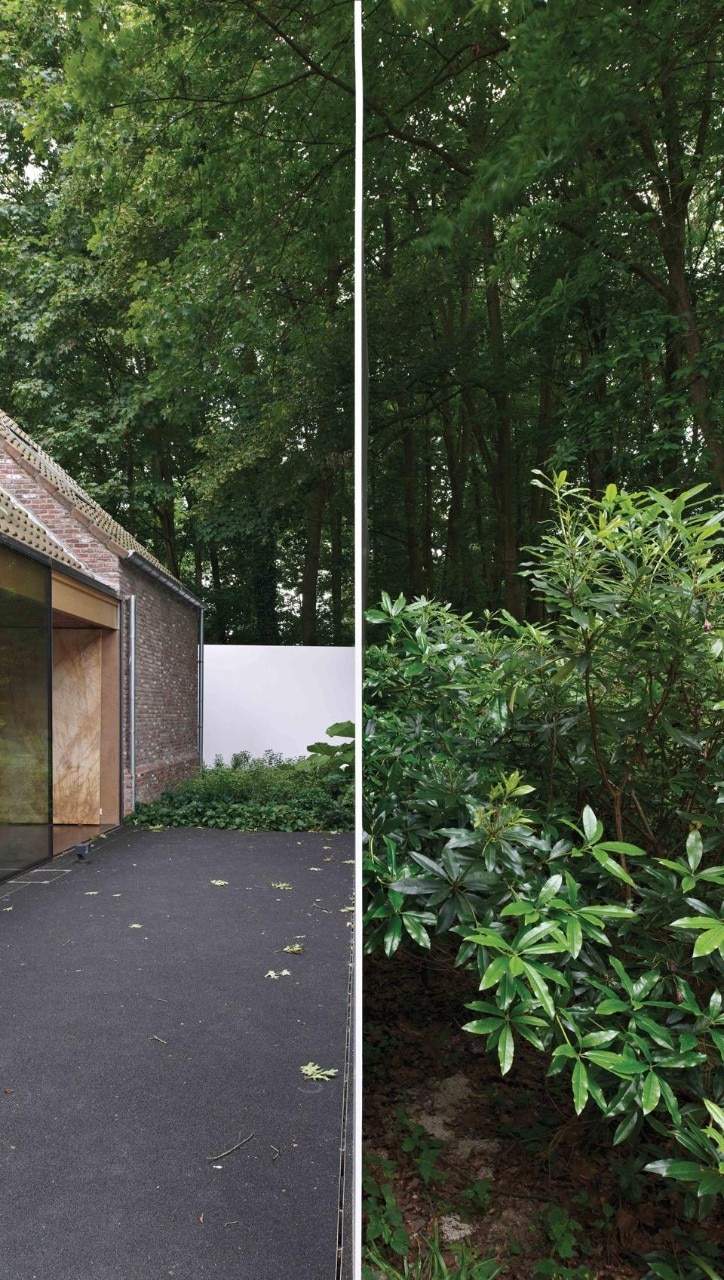
Photo Ake Lindman.
We had a lot of different working titles, but I think this is a good one. It makes you question what the title is about. It starts a process of its own, as an affirmation of something. We always try to double the ambition, to answer the question beyond the project itself. We do work in an experimental way, so yes, even we do not know what our architecture will look like.
The gesture that holds everything together is absolutely necessary. Projects cannot do without that. But we also want our projects to work in reality. We want our concepts to survive when people are using the space.
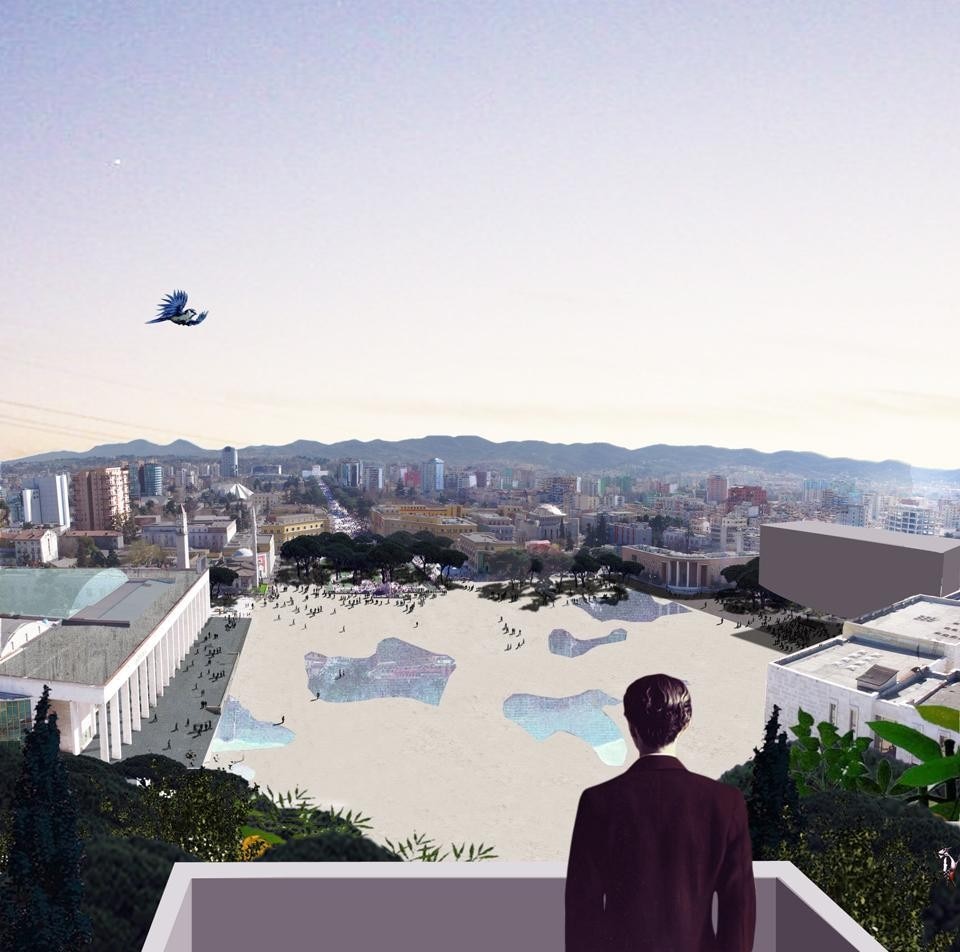
It depends on how you look at it. On the one hand, the house is quite special, everything is very unique, that's true. But on the other hand, it's a building or a space that enables you to forget the architecture. The architecture is like a catalyst, not an end in itself. And I think it's important that architecture is sometimes nothing but a frame. Think about the project for the Skandenbeg Square: it is very reduced, there is not much to see, in the end... But it is meant to provoke a lot of things.
Even there, you design more than just a frame: the sides of the square are sloping towards the middle, and you have installed fountains. When should the architect stop making interventions?
The gesture that holds everything together is absolutely necessary. Projects cannot do without that. But we also want our projects to work in reality. We want our concepts to survive when people are using the space. That is why it is important to go beyond the simple gesture. It's a common desire among architects: to do only one thing, because that's the'essence' of the project. Very often that is counterproductive. There's much more that comes into play. We are often told we are not 'radical' enough, or are projects are called 'impure'—but we simply want to put concepts right in the middle of reality.
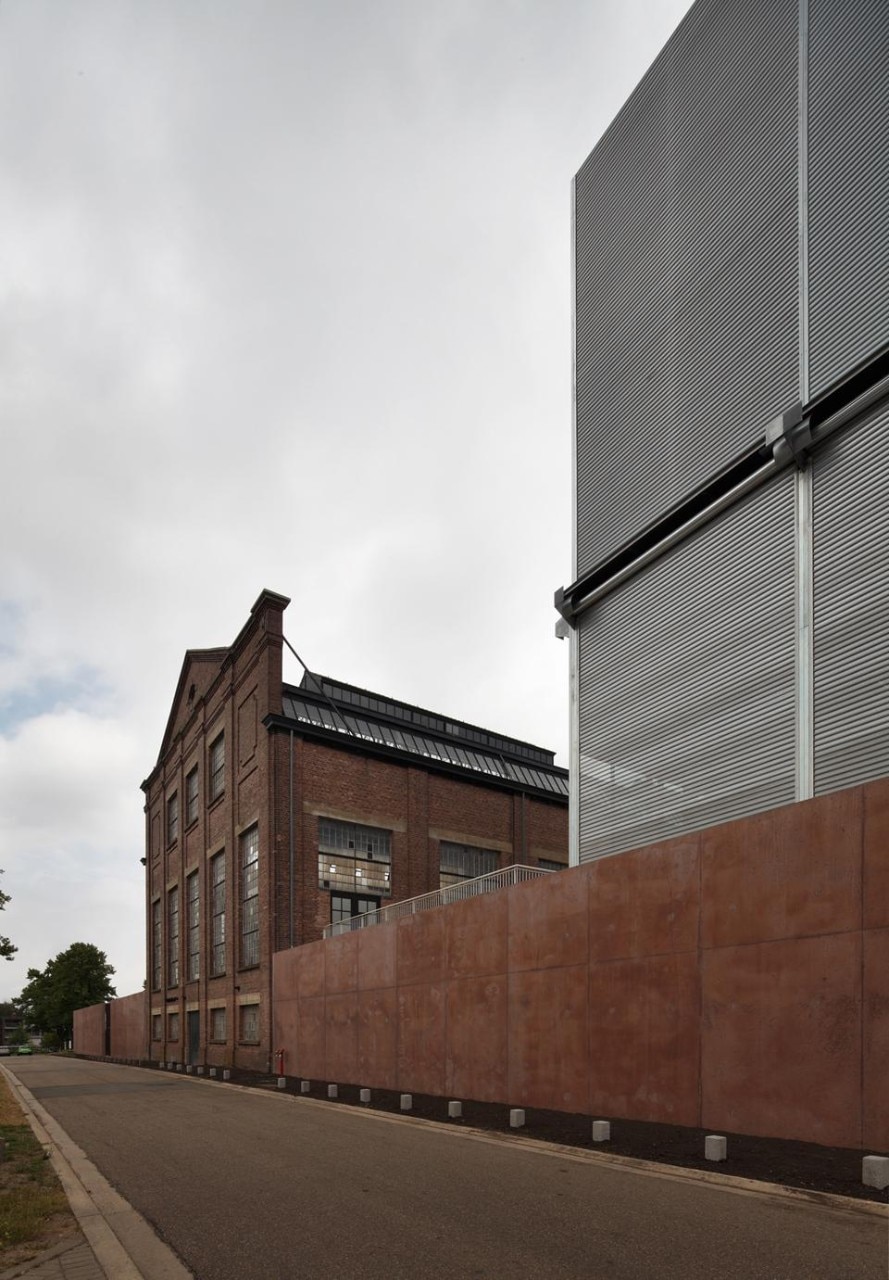
We have a very large library in our office, and we constantly use examples from other architects. But this never works in an abstract way—the idea of a fixed typology, for example, is not something that we like to use.
You do not explicitly 'refer' to other architecture: it is quite difficult to trace influences. Is this explained by your openness to all kinds of influences? If I remember well, the design for the TID Tower in Tirana is based on a perfume bottle…
We saw an advertisement for a perfume bottle, the exterior was square, the interior was rounded. It's a form, and a tower is also a form. The form of the tower was sparked by misreading an advertisement. The final look of the daybed we designed with the client and with Chevalier-Masson for the Art Economy house, was influenced by a test piece we found on the floor in the studio of the designer. Still, every possible reference is adapted to the atmosphere and the aesthetic quality we want the project to have.
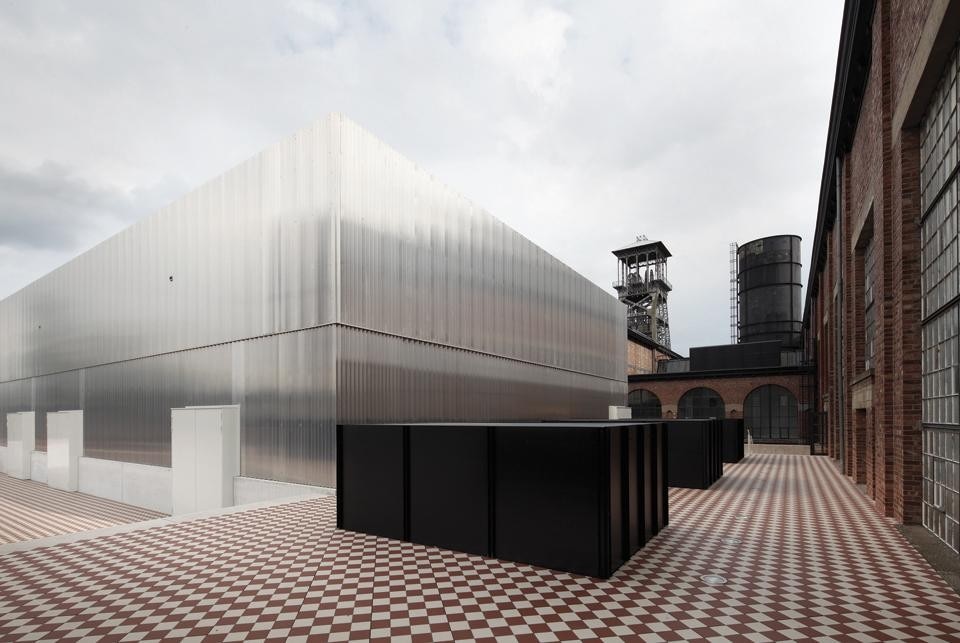
Of course.
It gives the impression that architecture is something that everyone can just 'do'.
I think that's true. Part of the fun of going to Albania, is discovering how people invent and use spaces. On the other hand, the past 13 years we have tried to 'unlearn' what we have learned about architecture at school… and then we have to unlearn what we have learned for ourselves. That is very necessary, in order not to get covered up by habits or fixed ideas. We learn from clients, from incidents, from passers-by....The basis of our work is that we are very curious.
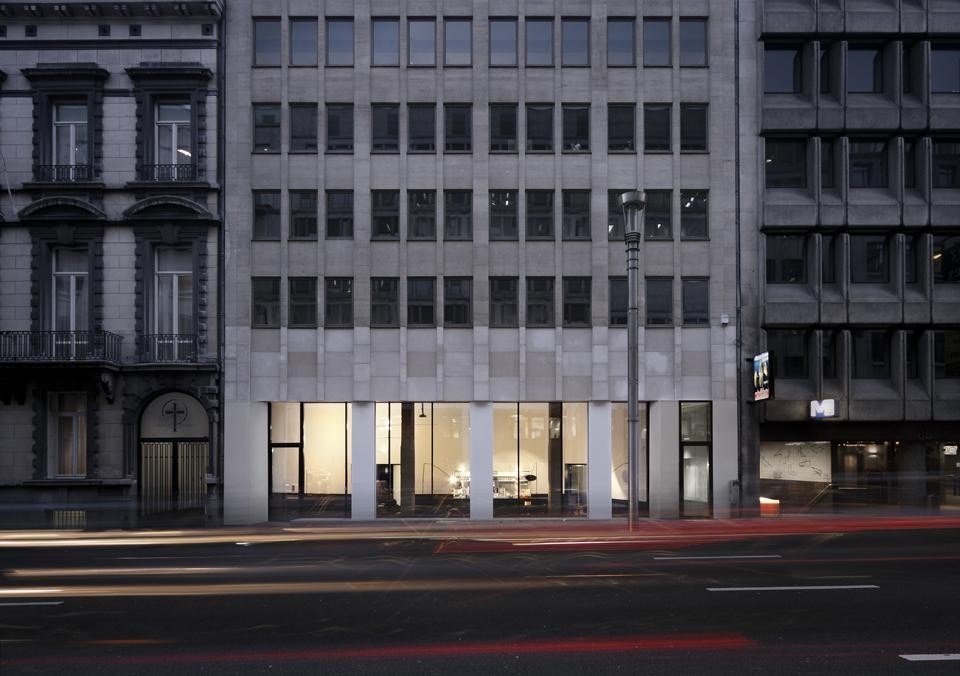
On show through 04.09.2011
Centre for fine Arts Bozar
Rue Ravenstein 23, Brussels
